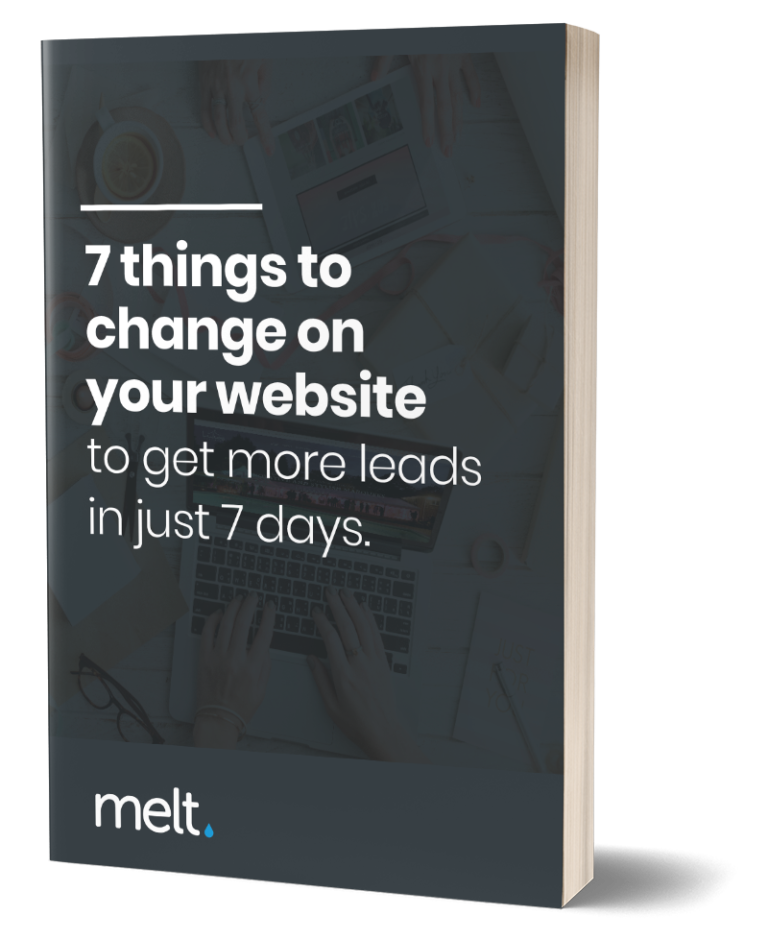Marketing automation is a valuable tool that helps businesses streamline their marketing strategies, automate repetitive tasks, and increase customer engagement. Many companies are turning to automation to boost their marketing efforts.
Getting started with marketing automation, however, can be overwhelming, especially if you’re new to the technology. Thankfully, there are several steps you or any business can take to begin the automation process. Here are some of them:
Step 1: Define Your Goals

Discover where your website is holding you back with a free, personalized audit report. Uncover what's keeping your site from reaching its full potential and start taking action today!
Before starting any marketing campaign, you must define your goals. Marketing automation is no different. This means identifying the outcomes you want to achieve with your marketing automation strategy, such as generating leads, increasing sales, improving customer engagement or retention, or enhancing brand awareness. That way, you can create a roadmap for your automation efforts and measure your progress over time.
Step 2: Choose a Marketing Automation Platform
Once you’ve defined your goals, the next step is to pick a marketing automation system. There are many marketing automation platforms available, and each has its features and capabilities. Some of the popular marketing automation platforms include HubSpot, Marketo, Pardot, and Eloqua. When choosing a platform, consider your budget, the features you need, and the learning curve involved.
Step 3: Build Your Contact List
Your contact list serves as the foundation of your marketing automation efforts. Without a contact list, you won’t be able to send emails or track your customers’ behaviour. There are many ways to build your contact list, including website forms, landing pages, and social media campaigns. Whatever method you choose, ensure you get permission from your contacts to send them marketing emails.
Step 4: Create Your Campaigns
With your goals, platform, and contact list in place, it’s time to create your campaigns. Marketing automation platforms allow you to create various campaigns, including email, social media, and lead nurturing campaigns. When creating your campaigns, make sure you’re creating personalised content that resonates with your target audience.
Step 5: Monitor Your Results
Marketing automation is all about data. With marketing automation, you can track your customers’ behaviour, measure the success of your campaigns, and make data-driven decisions. Make sure you’re monitoring your results regularly. That way, you can identify what’s working and what’s not so that you can adjust your strategy accordingly.
Step 6: Refine Your Strategy
Based on your collected data, refine your marketing strategy to improve your results. Look at what’s working well and what isn’t, and adjust accordingly. Test different subject lines, email content, and landing pages to see what works best for your audience. This will help you improve your campaigns and achieve better results over time.
In Summary
Businesses of any size or scale can streamline their marketing efforts through automation, but it requires a strategic approach for maximum impact. Start by understanding your target audience, setting clear goals, choosing the right tools, creating engaging content, measuring your results, and refining your strategy. By following these steps, you can create an effective marketing automation strategy that saves you time and resources while generating more leads and sales.
MELT is a digital marketing agency in Warwickshire that can help you with your marketing automation strategy. Our experienced and knowledgeable team of marketing strategists will guide you every step of the way to ensure that your marketing automation efforts align with your goals and deliver measurable results.
Call 01926 266059 or email us at [email protected] to request a quote!

